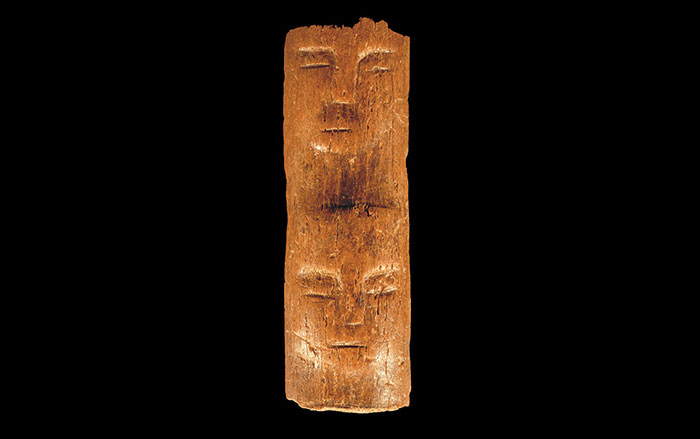
For the Native Americans who were relocated along the Trail of Tears, disease, hunger, and stress were constant companions. The Indian Removal Act resulted in the forced march in 1838 of 17,000 Cherokee from their homes in the Appalachian and Great Smoky Mountains to a reservation in Oklahoma. Along the way, whooping cough, yellow fever, diarrhea, and exhaustion claimed many lives. According to a new study, those who survived, and their descendants, also bore the marks of the trial.
Ann H. Ross, an anthropologist at North Carolina State University, examined data on the skull size of Cherokee from the period following their removal—both among those who were relocated and some who had remained hidden in the Eastern mountains. Using records of Cherokee adult head size made in the early 1900s, she found that both the relocated Western Band and the hidden Eastern Band displayed reduced cranial length and breadth. Cranial size is determined in infancy and childhood, and smaller size is associated with poor nutrition and environmental conditions during this key developmental period. “We were surprised that there were changes in both bands,” Ross says. “The Eastern Band, hiding in the Smoky Mountains, also suffered environmental stress.”
The study has implications for understanding the effects of humanitarian crises, large population movements, industrial development, and contact with outsiders, Ross says. She is also using this type of research to examine the impact of European arrival on Native American populations.











